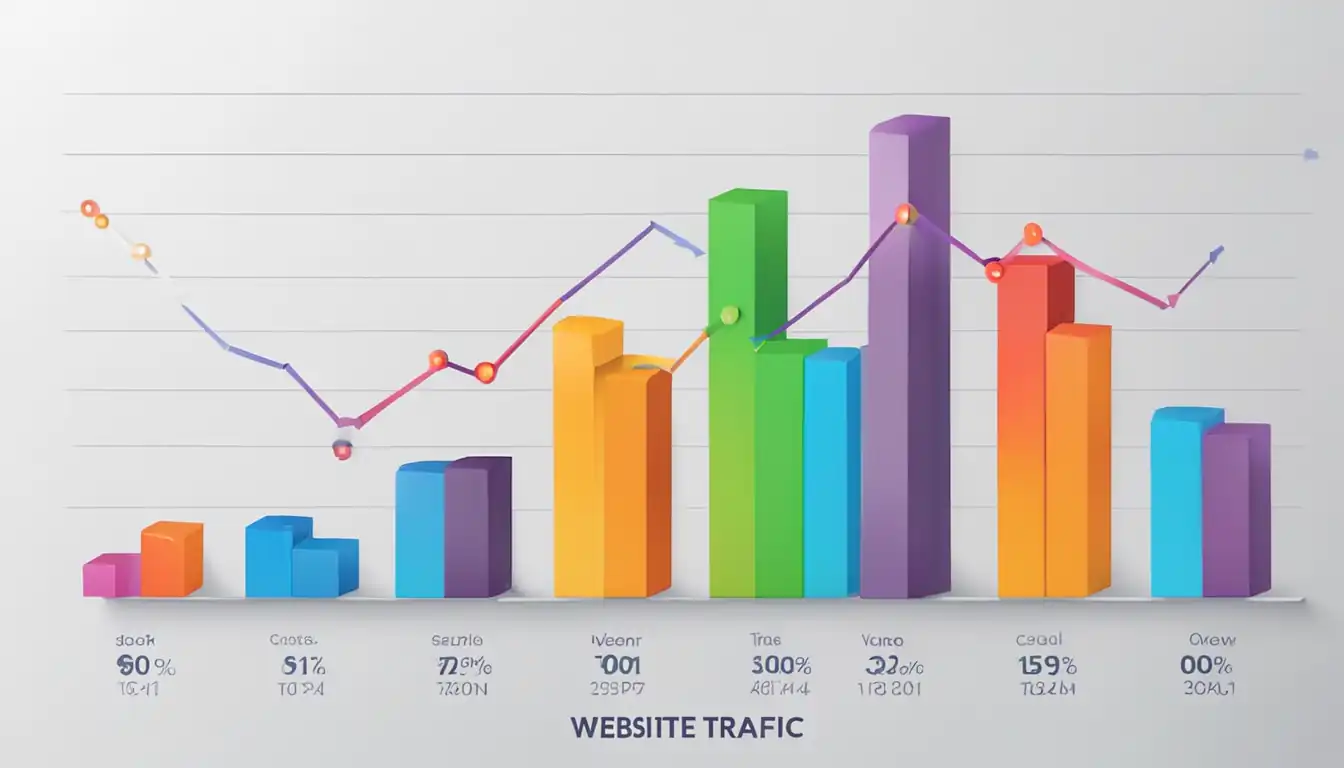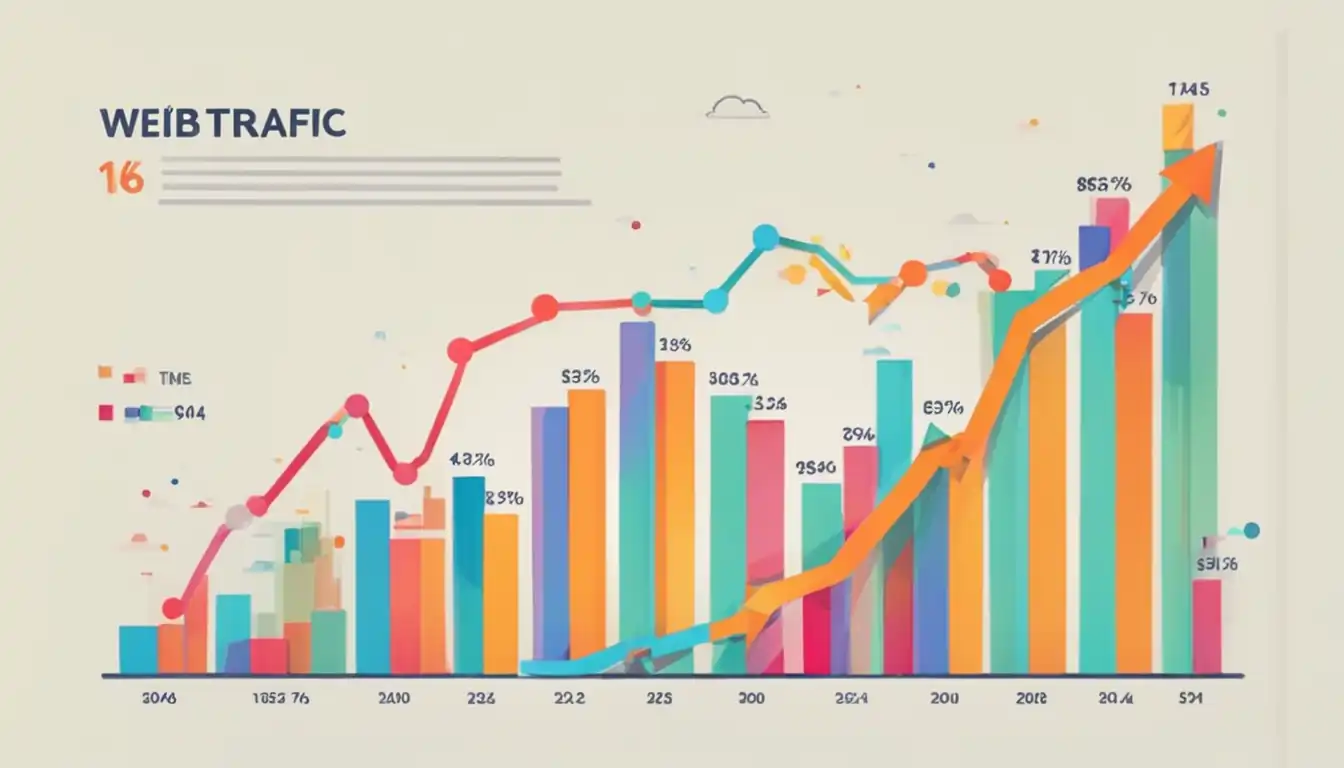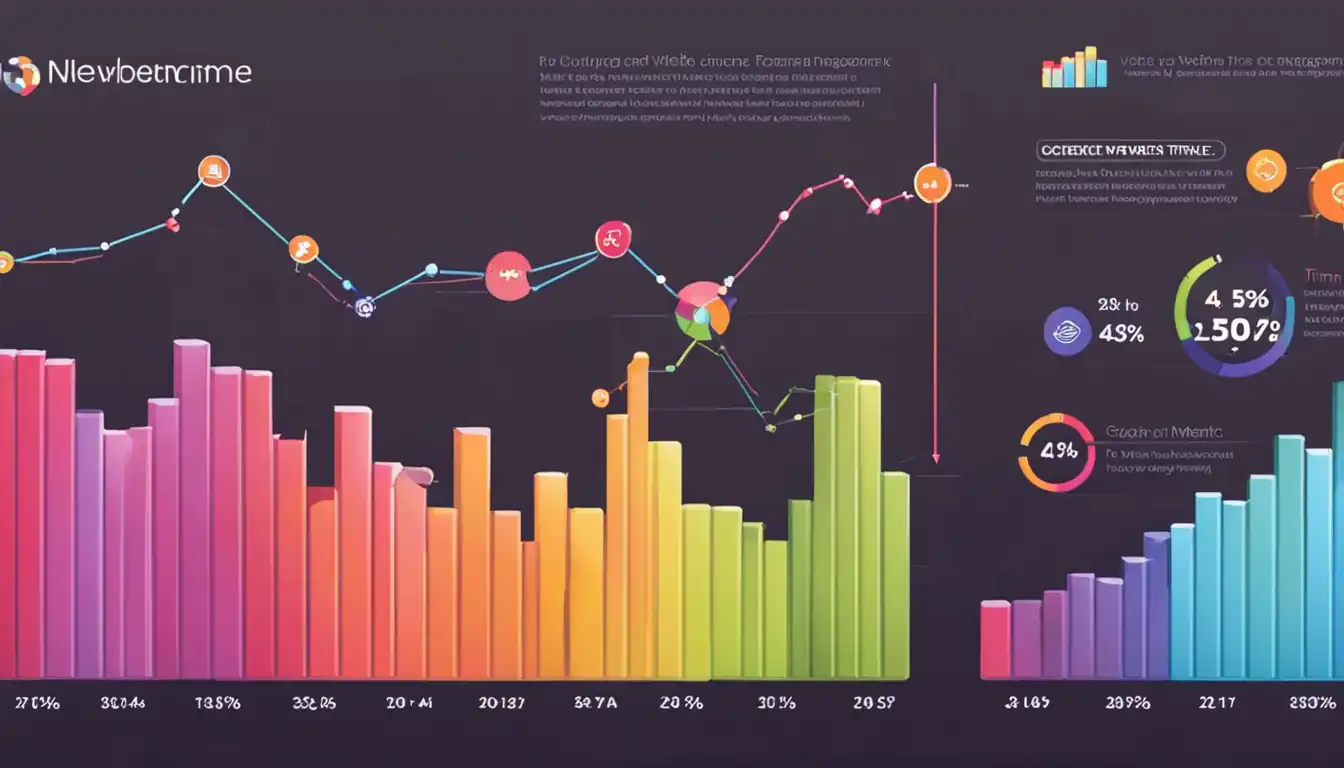Content Performance Analysis for SEO

In the ever-evolving world of SEO, understanding how your content performs is key to staying ahead of the game. Content Performance Analysis for SEO is not just about numbers and data - it's about uncovering insights that can drive your strategy forward. By delving into the metrics that matter and learning from successful (and not so successful) case studies, you can optimize your content for maximum impact.
Understanding Content Performance in SEO

What is Content Performance Analysis
Content performance analysis in SEO refers to the process of evaluating how well your content is performing in search engine results. This involves analyzing various metrics such as organic traffic, keyword rankings, click-through rates, and engagement metrics like bounce rate and time on page. By monitoring these metrics, you can gain insights into the effectiveness of your content strategy and make data-driven decisions to improve your SEO efforts.
Why It's Crucial for SEO Success
Content performance analysis is crucial for SEO success because it allows you to measure the impact of your content on search engine rankings and user engagement. By tracking key performance indicators (KPIs) related to your content, you can identify what is working well and what needs improvement. This information can help you optimize your content strategy, target relevant keywords, and create high-quality content that resonates with your target audience. Ultimately, content performance analysis enables you to drive more organic traffic to your website and improve your overall SEO performance.
Key Metrics to Measure Content Effectiveness

In order to assess the performance of your content for SEO, it is essential to measure key metrics that indicate its effectiveness. By analyzing these metrics, you can gain insights into how well your content is resonating with your audience and driving organic traffic to your website.
Traffic Sources and Their Impact on Content
One of the crucial aspects of content performance analysis for SEO is understanding the sources of traffic that are driving visitors to your website. By identifying the channels through which users are discovering your content, you can optimize your strategies to focus on those that are most effective in attracting organic traffic.
Key Points:
- Analyze organic search traffic to determine the impact of SEO efforts on content visibility.
- Monitor referral traffic from external websites to assess the effectiveness of backlinking strategies.
- Track social media traffic to evaluate the engagement levels generated by content promotion on various platforms.
Engagement Metrics That Matter
Engagement metrics play a significant role in determining how well your content is resonating with your audience and encouraging user interaction. By measuring these metrics, you can gauge the level of interest and relevance that your content holds for visitors, ultimately influencing its performance in search engine rankings.
Key Points:
- Evaluate average time on page to understand how engaging and valuable visitors find your content.
- Monitor bounce rate to assess the percentage of users who leave your website after viewing only one page.
- Analyze click-through rates (CTRs) for internal links within the content to measure user navigation and interaction.
By focusing on these key metrics and continuously analyzing their performance, you can effectively optimize your content for SEO and enhance its visibility and impact on search engine results pages.
Tools and Techniques for Analyzing Content Performance

Popular SEO Tools You Can’t Ignore
When it comes to analyzing content performance for SEO, there are several popular tools that every expert should have in their arsenal. These tools provide valuable insights into how your content is performing and what improvements can be made. Some of the popular SEO tools you can't ignore include:
Google Analytics: This tool provides detailed information about your website traffic, user behavior, and conversions. It allows you to track the performance of your content and identify areas for improvement.
SEMrush: SEMrush is a comprehensive tool that offers keyword research, backlink analysis, and competitor analysis. It helps you understand how your content is ranking compared to your competitors.
Ahrefs: Ahrefs is another powerful tool for analyzing backlinks, organic traffic, and keyword rankings. It provides valuable data on how well your content is performing in search engine results pages.
Moz Pro: Moz Pro offers features like site audits, rank tracking, and keyword research to help you optimize your content for search engines. It also provides insights into your website's domain authority and page authority.
Innovative Approaches to Data Interpretation
Analyzing data is crucial for understanding how well your content is performing in terms of SEO. However, simply looking at numbers and metrics may not always provide a clear picture of what needs to be improved. To truly understand the performance of your content, consider these innovative approaches to data interpretation:
Content Gap Analysis: Identify gaps in your content compared to top-ranking competitors by analyzing keywords they are targeting but you are not.
User Engagement Metrics: Look beyond traditional metrics like bounce rate and time on page to understand how engaged users are with your content through social shares, comments, or interactions.
Conversion Rate Optimization (CRO): Analyze how well your content is converting visitors into leads or customers by tracking conversion rates and making adjustments based on data.
Semantic Analysis: Use tools like Natural Language Processing (NLP) to analyze the context and meaning of words in your content to improve relevance and search engine visibility.
By incorporating these innovative approaches into your data interpretation process, you can gain deeper insights into the performance of your content for SEO optimization.
Case Studies of Successful Content Performance Strategies
Successful content performance strategies are crucial for driving organic traffic and improving search engine rankings. By analyzing case studies of top brands, we can gain valuable insights into how they leverage data for SEO success.
How Top Brands Leverage Data for SEO
Top brands understand the importance of data-driven decision making when it comes to their content performance. They utilize tools like Google Analytics, SEMrush, and Ahrefs to track key metrics such as organic traffic, keyword rankings, and backlink profiles. By analyzing this data, they can identify trends, optimize their content strategy, and stay ahead of the competition.
One example of a brand that excels in leveraging data for SEO is HubSpot. They regularly analyze their blog performance using Google Analytics to identify top-performing articles and keywords. This allows them to create more targeted content that resonates with their audience and drives organic traffic to their site.
Lessons from Failed SEO Strategies
While studying successful content performance strategies is important, it's equally valuable to learn from failed SEO strategies. Brands that neglect data analysis or fail to adapt to changing algorithms often find themselves falling behind in search engine rankings.
One common mistake among failed SEO strategies is relying on outdated tactics such as keyword stuffing or buying backlinks. These practices not only violate search engine guidelines but also result in penalties that can severely impact a brand's online visibility.
By learning from these failures, brands can avoid costly mistakes and develop a sustainable content performance strategy that aligns with best practices in SEO.
Optimizing Your Content Based on Performance Insights

When it comes to content performance analysis for SEO, one of the most crucial steps is optimizing your content based on the insights gathered from your data. By understanding how your content is performing, you can make informed decisions on how to improve and enhance your SEO strategy.
Tweaking Your Strategy with Real Data
Analyzing the performance of your content involves looking at various metrics such as traffic, engagement, bounce rate, and conversion rates. By examining these metrics, you can identify areas where your content may be underperforming and make necessary adjustments to improve its effectiveness.
Some key ways to optimize your content based on performance insights include:
Identifying high-performing keywords: Analyze which keywords are driving the most traffic and conversions to your site. Focus on creating more content around these keywords to further boost your SEO efforts.
Improving user experience: Look at metrics like bounce rate and time on page to see how engaging your content is for users. Make adjustments to improve user experience and keep visitors on your site longer.
Updating outdated content: Regularly review and update older pieces of content that may be losing relevance or traffic over time. By keeping your content fresh and up-to-date, you can maintain its SEO value.
Optimizing for mobile: With the increasing use of mobile devices, it's essential to ensure that your content is optimized for mobile users. Check how well your content performs on mobile devices and make any necessary adjustments.
Continuous Improvement and SEO Growth
Optimizing your content based on performance insights is not a one-time task but an ongoing process. Continuously monitoring and analyzing the performance of your content allows you to make iterative improvements that can lead to long-term SEO growth.
By regularly reviewing key metrics, experimenting with different strategies, and staying up-to-date with industry trends, you can ensure that your content remains relevant and competitive in the ever-evolving landscape of SEO.
Remember, data-driven decision-making is key to successful SEO optimization. Use performance insights as a guide to tweak your strategy, experiment with new approaches, and ultimately drive continuous improvement in your SEO efforts.
Conclusion
By harnessing the power of content performance analysis, you can fine-tune your SEO strategy and see real results. Don't just create content blindly - analyze, learn, and adapt to ensure your efforts are driving traffic and engagement. With the right tools, techniques, and a commitment to continuous improvement, you can take your SEO game to the next level.